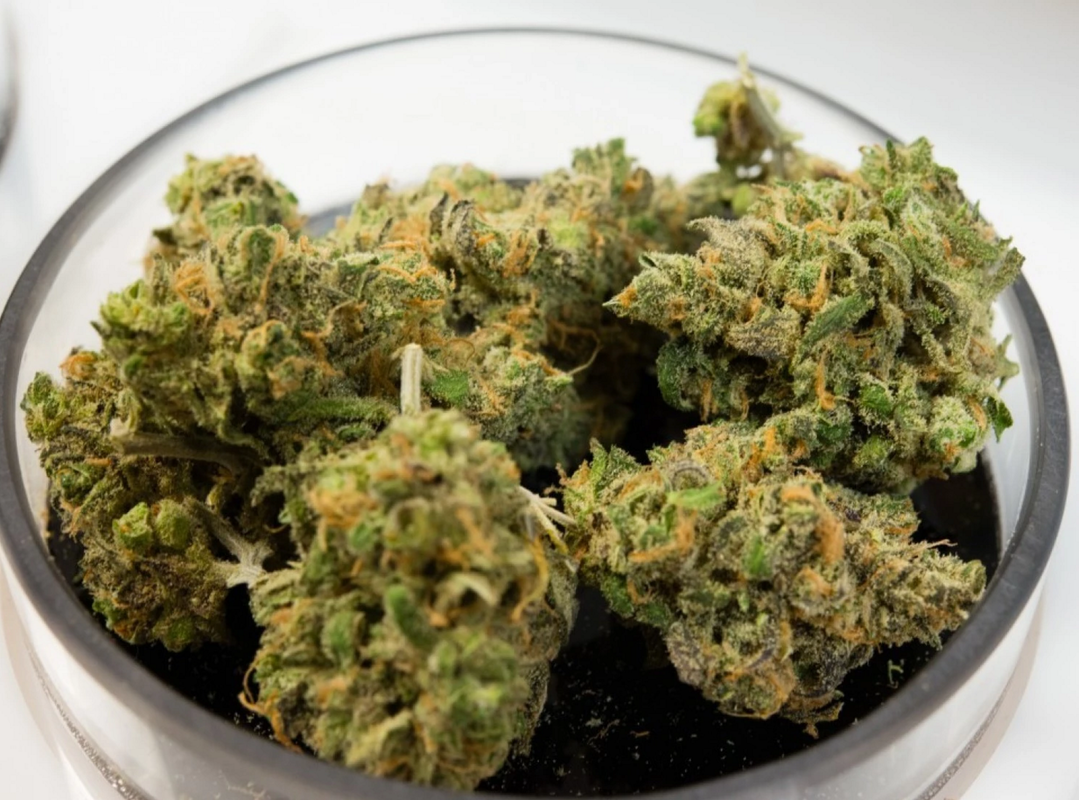|
By Christopher Ingraham
July 13 at 10:01 AM There's a body of research showing that painkiller abuse and overdose are lower in states with medical marijuana laws. These studies have generally assumed that when medical marijuana is available, pain patients are increasingly choosing pot over powerful and deadly prescription narcotics. But that's always been just an assumption. Now a new study, released in the journal Health Affairs, validates these findings by providing clear evidence of a missing link in the causal chain running from medical marijuana to falling overdoses. Ashley and W. David Bradford, a daughter-father pair of researchers at the University of Georgia, scoured the database of all prescription drugs paid for under Medicare Part D from 2010 to 2013. They found that, in the 17 states with a medical-marijuana law in place by 2013, prescriptions for painkillers and other classes of drugs fell sharply compared with states that did not have a medical-marijuana law. The drops were quite significant: In medical-marijuana states, the average doctor prescribed 265 fewer doses of antidepressants each year, 486 fewer doses of seizure medication, 541 fewer anti-nausea doses and 562 fewer doses of anti-anxiety medication. But most strikingly, the typical physician in a medical-marijuana state prescribed 1,826 fewer doses of painkillers in a given year. VIEW CHART @ https://img.washingtonpost.com/wp-apps/imrs.php?src=https://img.washingtonpost.com/blogs/wonkblog/files/2016/07/pot_prescriptions4.png&w=1484 These conditions are among those for which medical marijuana is most often approved under state laws. So as a sanity check, the Bradfords ran a similar analysis on drug categories that pot typically is not recommended for — blood thinners, anti-viral drugs and antibiotics. And on those drugs, they found no changes in prescribing patterns after the passage of marijuana laws. "This provides strong evidence that the observed shifts in prescribing patterns were in fact due to the passage of the medical marijuana laws," they write. In a news release, lead author Ashley Bradford wrote, "The results suggest people are really using marijuana as medicine and not just using it for recreational purposes." Read more here
0 Comments
Leave a Reply. |
AuthorSusan Soares has written for Cannabis Now Magazine, Alternet, and Sensi Magazine. Archives
June 2018
|



 RSS Feed
RSS Feed
